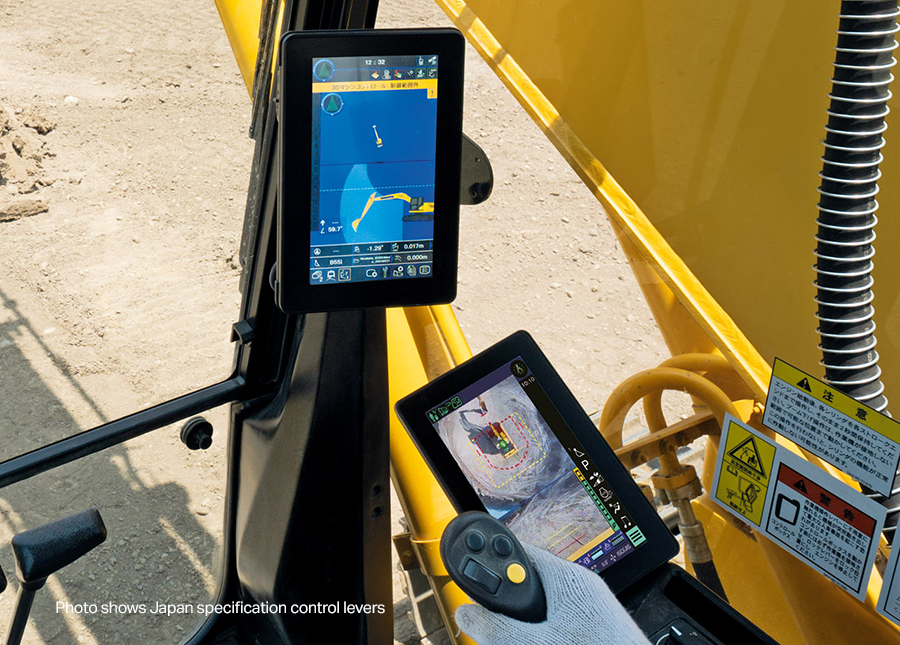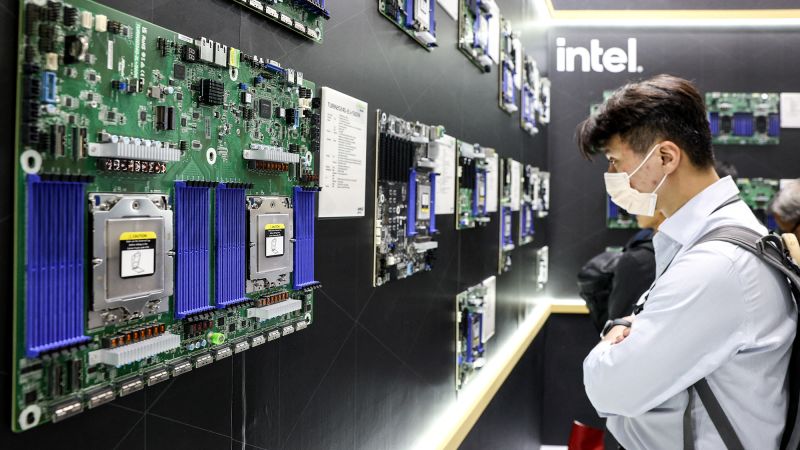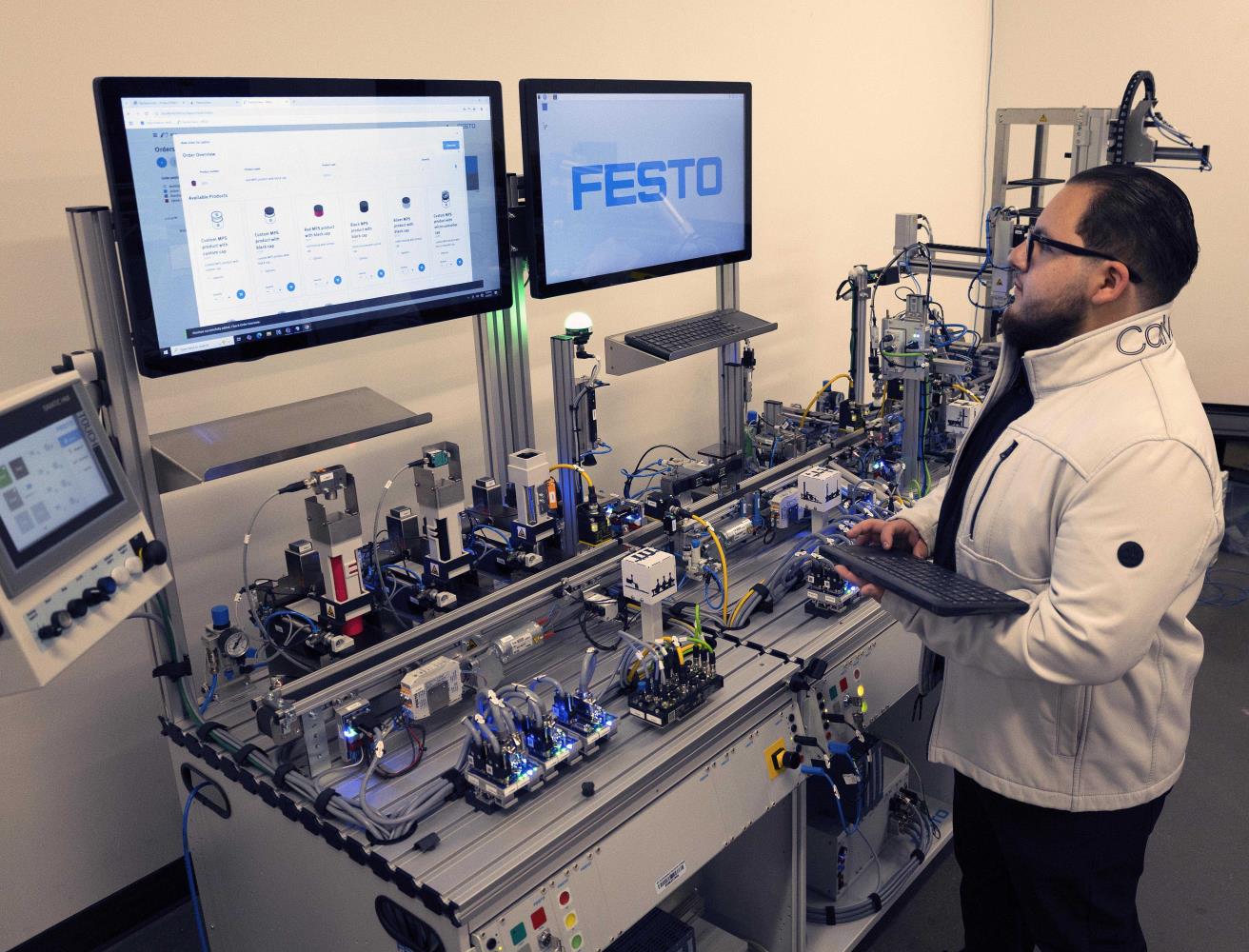AI vs. Smart Tech in Construction: What's the Real Difference?

The construction and earthmoving industries are rapidly evolving, fueled by advancements in technology. Two terms you'll hear frequently are 'smart technology' and 'artificial intelligence (AI)'. While often used interchangeably, they represent distinct concepts with different capabilities. Understanding the nuances between AI and smart technology is crucial for construction businesses looking to leverage these tools effectively and maximize their return on investment.
Smart Technology: Automation & Connectivity
Let's start with smart technology. At its core, smart technology refers to devices and systems that can collect data, process it, and respond automatically based on pre-programmed rules. Think of it as enhanced automation. Examples in construction are plentiful: smart sensors on equipment monitoring performance and alerting operators to potential maintenance issues, connected safety gear that automatically detects hazards and notifies site managers, and automated machinery like robotic excavators. These systems are designed to improve efficiency, safety, and productivity by streamlining operations and reducing human error.
The key characteristic of smart technology is its reliance on predefined parameters. It performs tasks based on established rules and doesn't 'learn' or adapt beyond those rules. It’s reactive, responding to conditions it has been programmed to recognize.
Artificial Intelligence (AI): Learning & Adaptation
AI, on the other hand, goes a step further. AI systems are designed to learn from data, identify patterns, and make decisions without explicit programming. They utilise algorithms like machine learning to improve their performance over time. This allows AI to handle more complex and unpredictable situations.
In the construction context, AI applications are emerging in areas like:
- Predictive Maintenance: AI algorithms can analyze equipment data to predict failures *before* they happen, minimizing downtime and repair costs.
- Risk Assessment: AI can analyze site plans, weather data, and historical incident reports to identify potential safety hazards and recommend preventative measures.
- Project Planning & Scheduling: AI can optimize project schedules, allocate resources efficiently, and predict potential delays based on various factors.
- Autonomous Equipment: While robotic excavators are examples of smart tech, AI-powered autonomous vehicles can navigate complex construction sites and perform tasks with minimal human intervention.
The Overlap & Synergy
It's important to note that AI and smart technology aren't mutually exclusive. In fact, they often work together. Smart technology can provide the data that AI algorithms need to learn and improve. For example, a smart sensor on a crane might collect data on load weight and movement. This data can then be fed into an AI system that learns to optimize crane operation and prevent accidents.
Looking Ahead: The Future of Construction
As AI technology continues to advance, we can expect to see even more sophisticated applications in the construction industry. From digital twins that simulate entire construction projects to AI-powered design tools that optimize building layouts, the possibilities are endless. Construction businesses that embrace both smart technology and AI will be best positioned to thrive in the increasingly competitive landscape.
Ultimately, understanding the difference between AI and smart technology isn’t just about semantics – it’s about making informed decisions about which technologies to invest in and how to integrate them effectively into your operations. Focusing on solutions that address specific business challenges, rather than chasing buzzwords, will yield the greatest benefits.






